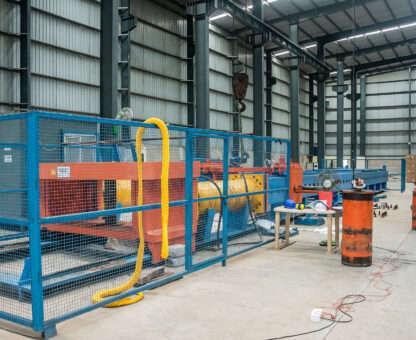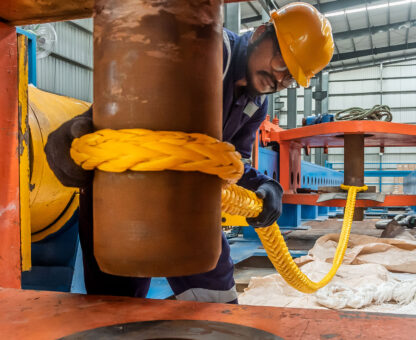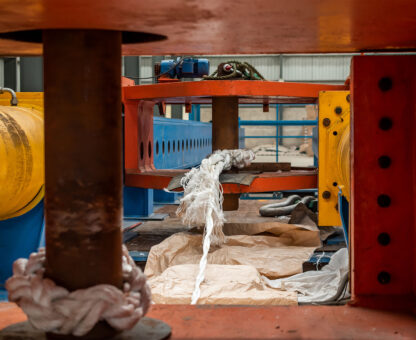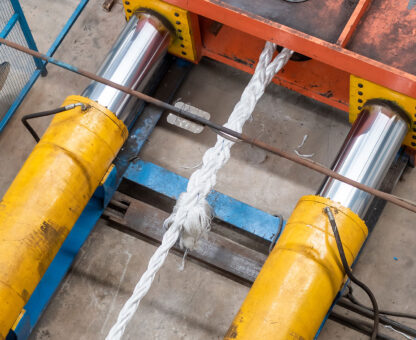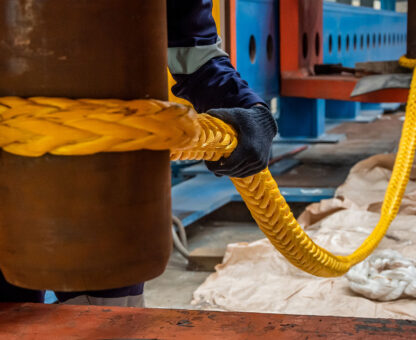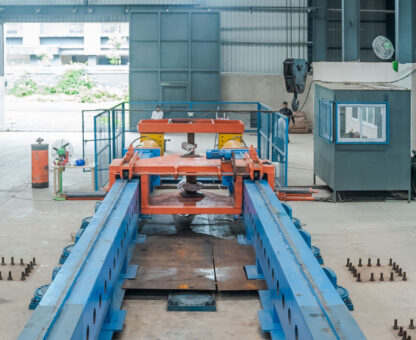The Role of Modular Spreader Beams in Heavy Lifting Operations
In the world of heavy lifting operations, efficiency, safety, and precision are paramount. Modular spreader beams have emerged as indispensable tools in various industries, providing versatile and reliable solutions for managing challenging lifting tasks. This blog explores the critical role modular spreader beams play in heavy lifting, shedding light on their functionality, benefits, and applications.
Understanding Modular Spreader Beams
Modular spreader beams are a type of heavy lifting equipment designed to distribute loads evenly. They consist of modular components—typically interchangeable and adjustable—making them adaptable to different lifting requirements. These beams are engineered to handle various loads and configurations, ensuring that even the most complex lifting operations can be conducted with precision and safety.
Key Benefits of Modular Spreader Beams
Versatility:
Modular spreader beams offer unparalleled flexibility in lifting applications. Their modular design allows users to customize the beam’s length and configuration to meet specific load requirements, making them suitable for diverse industries such as construction, manufacturing, and shipping.
Load Balancing Solutions:
One of the primary advantages of using modular spreader beams is their ability to evenly distribute weight. By reducing stress concentrations and ensuring load stability, these beams minimize the risk of accidents, protect the integrity of the load, and enhance overall safety.
Cost-Effectiveness:
Modular designs mean users can adapt the same equipment for multiple lifting scenarios, eliminating the need to invest in different lifting tools for each project. This adaptability leads to significant cost savings over time.
Ease of Transport and Assembly:
Due to their modular nature, these beams can be easily disassembled, transported, and reassembled. This portability reduces logistical challenges and simplifies deployment in remote or challenging locations.
Compliance with Safety Standards:
High-quality modular spreader beams are built to comply with stringent safety standards and industry regulations. This compliance ensures reliable performance and boosts user confidence during operations.
Applications of Modular Spreader Beams
Modular spreader beams are used across a wide range of heavy lifting operations, including:
Construction:
These beams are commonly used to lift and position precast concrete elements, steel beams, and other structural components in large-scale construction projects.
Offshore and Marine Operations:
In offshore environments, modular spreader beams assist in the installation and maintenance of equipment, including subsea structures, pipelines, and platforms.
Energy Sector:
Power plants and wind farms rely on modular spreader beams to handle large machinery, turbine components, and other critical infrastructure during installation or maintenance.
Shipping and Logistics:
Ports and shipping terminals use modular spreader beams to load and unload heavy cargo, ensuring safe and efficient handling of oversized and irregularly shaped items.
Manufacturing:
In factories, these beams facilitate the safe transport of machinery, molds, and other heavy equipment within confined spaces.
Choosing the Right Modular Spreader Beam
When selecting a modular spreader beam, consider the following factors:
Load Capacity: Ensure the beam can handle the maximum weight of your intended loads.
Configuration Requirements: Evaluate the flexibility needed to adapt to different lifting tasks.
Material and Build Quality: Opt for beams made from high-grade materials to ensure durability and performance.
Safety Features: Look for built-in safety mechanisms, such as locking pins and compliance with standards like ASME and ISO.
Conclusion
Modular spreader beams represent a game-changing innovation in heavy lifting operations, combining versatility, safety, and cost-efficiency. Their ability to adapt to varied tasks and environments makes them indispensable in industries ranging from construction to shipping. By investing in high-quality modular spreader beams, businesses can enhance operational efficiency, safeguard workers, and ensure the smooth execution of their projects.
Have a Project? Let’s Talk!
TESTING FACILITY
